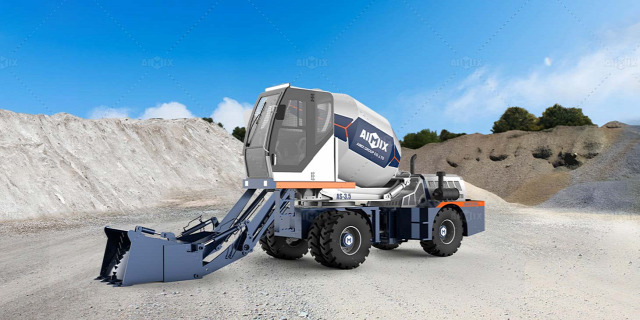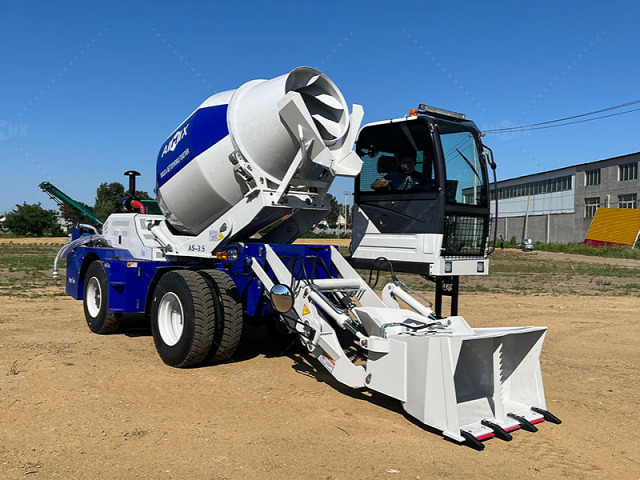The drive device of a self-loading concrete mixer truck is the cornerstone of its operational efficacy, responsible for the seamless movement and mechanical functioning of the entire apparatus. Given the strenuous demands placed on this component, regular maintenance is not merely advisable but essential. A failure to properly maintain the drive device can lead to catastrophic equipment failure, resulting in costly downtime, reduced efficiency, and potential safety hazards. In this article, we will explore the key aspects of maintaining the drive device to ensure the longevity and reliability of your self loading transit mixer.
Critical Elements of Drive Device Maintenance
Regular Lubrication and Its Significance
Lubrication is the lifeblood of the drive device, reducing friction between moving parts and preventing premature wear. Regular application of the appropriate lubricants not only prolongs the life of the drive components but also enhances the overall efficiency of the mixer truck. Neglecting this fundamental aspect can result in increased friction, leading to overheating and eventual breakdown of critical parts such as gears, bearings, and shafts. It is crucial to follow the manufacturer's recommendations for lubrication intervals and types of lubricants, as using substandard or incorrect lubricants can be just as damaging as neglecting lubrication altogether.

Inspection of Drive Belts and Chains
The drive belts and chains are integral to the transfer of power within the drive system. Over time, these components can become worn, stretched, or misaligned, compromising their ability to function correctly. Regular inspection for signs of wear, such as fraying, cracking, or slackness, is essential to prevent unexpected failures. Tension adjustments should be made as necessary to ensure optimal performance. In some cases, replacement may be required to maintain the integrity of the drive system. Ignoring these inspections can lead to a sudden loss of power transmission, which can halt operations and necessitate costly repairs. Get more info.
Advanced Maintenance Strategies
Vibration Analysis and Monitoring
Vibration analysis is an advanced technique used to monitor the condition of the drive device. By measuring the vibrations produced during operation, potential issues such as imbalance, misalignment, or bearing faults can be detected early. Implementing regular vibration monitoring allows for proactive maintenance, addressing problems before they escalate into more severe mechanical failures. This approach not only extends the lifespan of the drive device but also minimizes unexpected downtime and repair costs.
Alignment and Calibration of Drive Components
Proper alignment and calibration of drive components are critical to the smooth operation of the self-loading concrete mixer truck. Misalignment can cause uneven wear, increased vibration, and ultimately, component failure. Regular checks and adjustments ensure that all parts are in proper alignment, thereby reducing stress on the drive system and enhancing overall efficiency. Calibration should also be performed to ensure that the drive components are operating within the manufacturer's specified parameters. This practice helps in maintaining the optimal performance and longevity of the mixer truck.

Conclusion
The maintenance of the drive device in a self-loading concrete mixer truck is a complex but vital task that demands attention to detail and adherence to best practices. Regular lubrication, inspection of belts and chains, and advanced techniques such as vibration analysis are indispensable in ensuring the reliability and efficiency of the drive system. By implementing these maintenance strategies, operators can significantly extend the lifespan of their equipment, reduce downtime, and enhance overall productivity.

